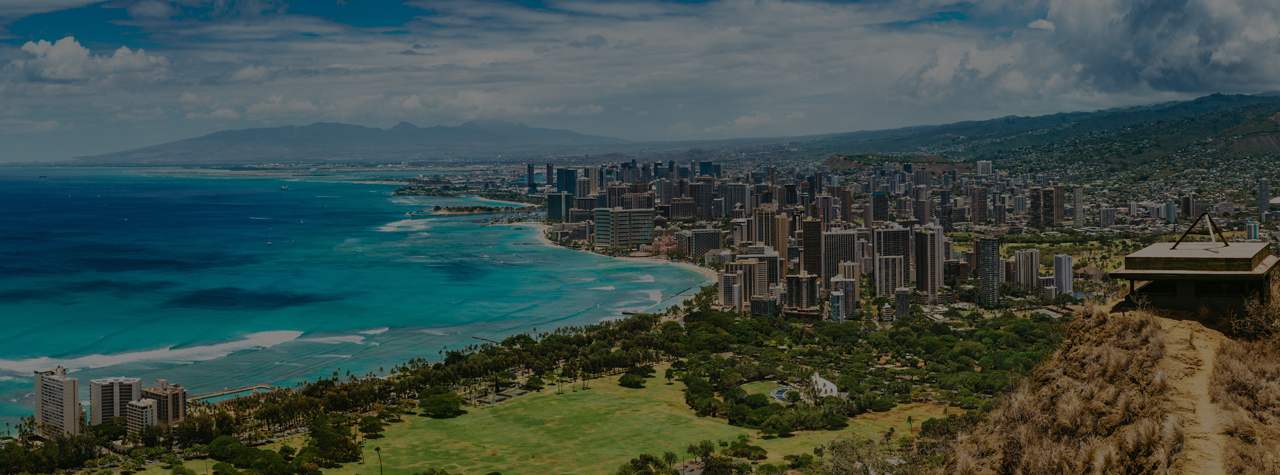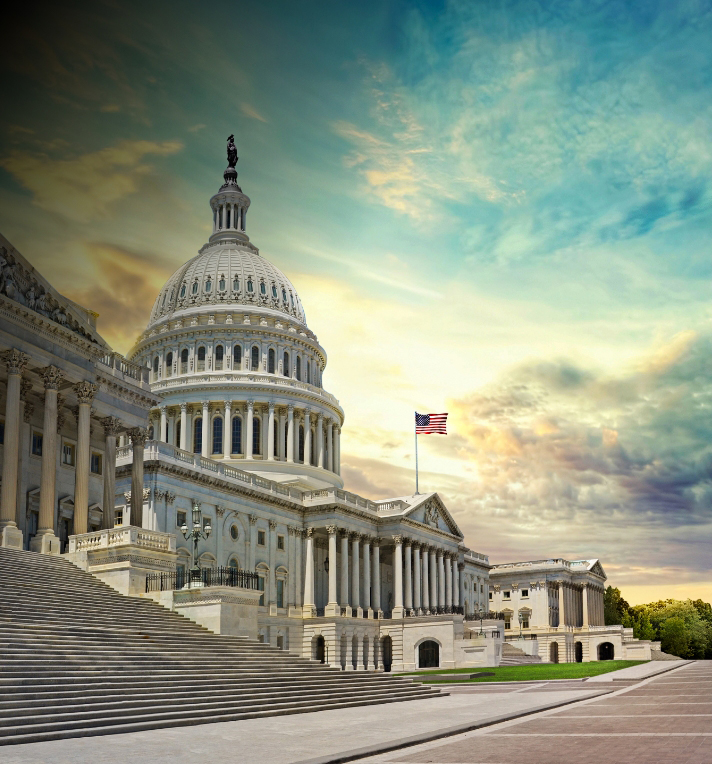2019 Hawaii Infrastructure Report Card
2019 Report Card GPA: D+
Often overlooked, infrastructure is vital to our daily lives. Whether we’re flying from one island to another, swimming at the beach, or drinking water from the tap, infrastructure plays an important role in not only providing ground and air transportation but also in keeping our waters clean and preserving Hawaii’s natural environment.
In an effort to help Hawaii’s residents and policymakers understand the needs of its infrastructure, the ASCE Hawaii Chapter developed this inaugural 2019 Infrastructure Report Card. This report provides an evaluation of some of Hawaii’s key areas of infrastructure, including aviation, bridges, coastal areas, dams, energy, roads, schools, solid waste, stormwater, wastewater, and drinking water. Common challenges facing Hawaii’s infrastructure across the board include aging infrastructure, lack of funding, and sea-level rise.
The majority of Hawaii’s infrastructure has been operating beyond its useful life, and some components of systems are over 100 years old. Due to a lack of funding, it has been difficult to effectively maintain and improve the existing infrastructure systems to keep up with increasing usage and rapidly changing lifestyles. As population, economic growth, and development increase, the strain on Hawaii’s infrastructure will continue to escalate with many of its infrastructure systems struggling to stay in operable condition. Water main breaks, flood water damage, loss of property from coastal erosion, and beach and park closures from brown water advisories are all results of deteriorating infrastructure. The slow but steady sea level increases in the coming years will also present new challenges that will threaten not only our infrastructure but also our iconic beaches and coastlines.
As we continue to face these challenges, Hawaii must decide how important infrastructure is to our daily lives and what we want to prioritize moving forward. We hope this report will provide some insight into Hawaii’s infrastructure.
Click here for the Hawaii 2019 Infrastructure Report Card executive summary.
-
Explore Hawaii
- Grades
- State Fact Sheet
- IIJA Grants
Hawaii Infrastructure Grades
A: Exceptional, B: Good, C: Mediocre, D: Poor, F: Failing
Each category was evaluated on the basis of capacity, condition, funding, future need, operation and maintenance, public safety, resilience, and innovation
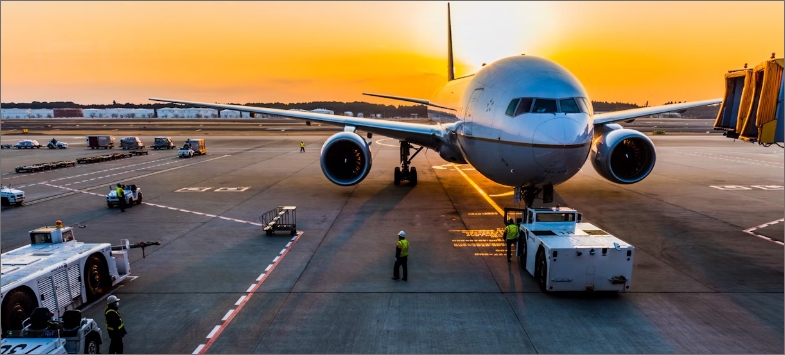

Aviation
Hawaii is the only state not accessible via ground transportation. The only methods of transportation to and from Hawaii and between islands are by sea or air, with the majority of travel occurring by air. In 2017, enplanements statewide rose 2.7% over 2016. Over half of those enplanements were made by visitors.
In general, the majority of Hawaii’s airports are in fair condition. Recently, the State of Hawaii, Department of Transportation, Airports Division has undertaken several terminal modernization programs to upgrade several of their airport facilities across the state. Although each airport generates revenue from their operations, federal grants and state appropriations are still needed to under take major improvement projects. Hawaii’s airports are vulnerable to environmental hazards such as rising sea levels, hurricanes, tsunamis and earthquakes. Continued improvements are required to increase capacity, enhance conditions, and increase resiliency and sustainability efforts.
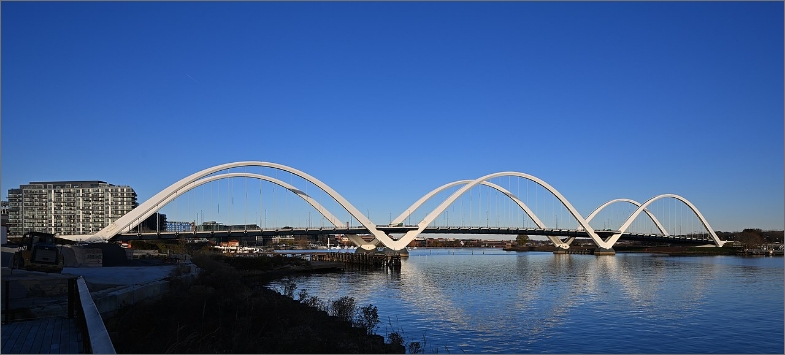

Bridges
Hawaii’s bridges are a vital part of the state infrastructure, providing passage for residents, businesses, and emergency services. Hawaii’s 1,135 bridges have an average age of 60 years. Of these bridges, 6.9% are structurally deficient. While the percentage of bridges rated to be in good condition has risen over the past several years due to rehabilitation efforts, the number of structurally deficient bridges has also increased during the same time period. In addition, due to the state’s isolated location, marine environment and various natural hazards, bridge construction costs are the highest in the nation. Therefore, current efforts by state and county agencies are focused on preserving the existing bridge inventory and maintaining safety rather than upgrading bridge capacity or resilience to meet future needs. To this end, there are 44 state bridges and up to 34 City and County of Honolulu bridges slated for repair in the next four to six years.
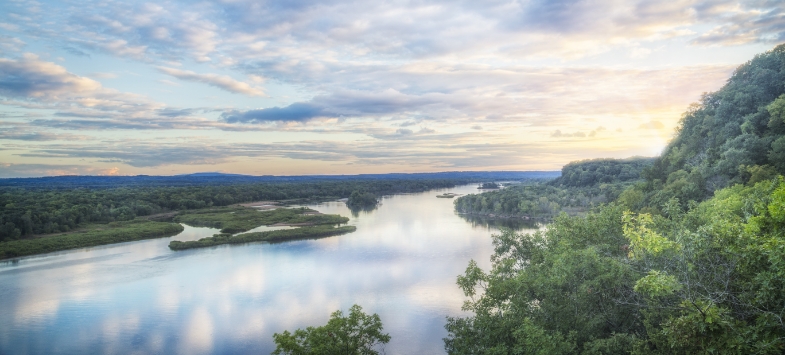

Coastal Areas
Hawaii’s beaches and oceans are one of the foundations of the state’s economy and the highlight of local culture and lifestyle. Sandy, accessible beaches are a vital piece to the recreation and tourism sector. Due to shoreline erosion, Hawaii’s coastlines are faced with the following challenges: availability of suitable sand reserves, enough funding and efficient permitting. Although limited, developing and applying local and regional beach management strategies and restoration projects will be essential to decreasing the risk exposure for coastal areas. Research projects an anticipated 3.2 feet of sea level rise by 2100, which will put approximately 5,700 structures surrounding coastal areas and 40 miles of coastal roads at risk of sea inundation. Future legislation regarding development near coastal areas are one of the keys to ensuring that beaches will remain for future generations.
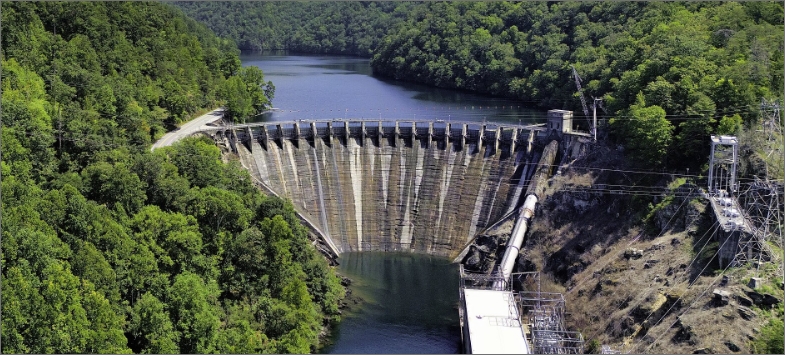

Dams
The State of Hawaii regulates 132 dams across the state. The majority of these dams were constructed as part of irrigation systems during the rise of the sugar cane industry and many are nearly 100 years old. Due to old age, these dams have deteriorated over time and present risks to downstream, now developed, communities. Of the 132 state regulated dams, 123 (93%) are classified as high-hazard potential (HHP) meaning a dam failure could result in significant loss of life or property and three are classified as Significant Hazard Potential (SHP), meaning dam failure could result in significant loss of property. State law requires all HHP dams to have an Emergency Action Plan (EAP) which outlines contact information and operations to maximize the safety of downstream residents in the event of a dam failure or dam emergency. 100% of state regulated HHP dams have an EAP, which is above the national average of 77%. All SHP dams have EAPs as well. As the majority of the dams are privately owned, increased funding is needed to support engineering investigations, repairs and maintenance necessary to help Hawaii’s dams meet current safety standards and minimize the risk to downstream communities and the general public.


Drinking Water
Hawaii’s drinking water systems are comprised of groundwater, surface water, water catchment, wastewater injection, and desalinization. Each of the four counties in Hawaii manage and operate separate water supply systems. Private and military systems supplement these county systems. Capacity is sufficient, but significant funding is needed to address aging infrastructure and source development. Across the state, the availability of ground water sources is being threatened by the lack of recharge and contamination from salt water intrusion and urban pollutants. Honolulu has identified over $5 billion in infrastructure needs, Kauai requires $174 million for current deficiencies and future needs, and Maui needs $310 million over the next 20 years for source development and transmission improvements. Deterioration of the aged distribution infrastructure compounds the reliability of the systems. For example, on the island of Kauai, much of the water distribution pipes were installed during the plantation era in the early 1920s. Urbanization on the island have increased water usage without replacing these sometimes undersized and deteriorating systems.
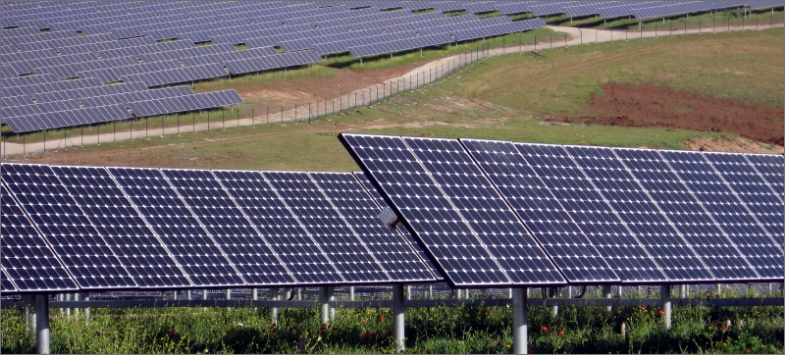

Energy
Hawaii is an island state that does not have any naturally occurring fuel sources, but is blessed with abundant renewable energy resources. Currently, Hawaii has the highest electricity cost per kilowatt hour in the nation, approximately 2 ½ times the national average. To bring costs down and better protect the environment, Hawaii has mandated 100 percent of electricity generation with renewable sources by 2045. With solar energy readily available and significant technological/cost advancements, solar electricity and water heating has become Hawaii’s most popular and cost-efficient energy source. The state leads the nation in both residential solar power generated per household and is third in total solar photovoltaic capacity installed. Meanwhile, over $1.5 billion has been spent by the Hawaiian Electric Companies to upgrade and strengthen poles, lines and equipment to prepare for increasingly severe storms.


Roads
Hawaii’s roadway networks are essential for handling multiple modes of transportation, from pedestrians, bicycles, and passenger vehicles to the heavy loads of high-volume freight trucks and tour buses. Usable land in Hawaii is very limited and many roadways are confined by developments or natural topographic features. Honolulu and its surrounding neighborhoods regularly experience some of the worst traffic congestion in the nation; the 27-mile H1 freeway that runs through Honolulu’s urban core operates at Level of Service F during AM and PM peak traffic, with certain segments exhibiting volume/capacity ratios well over 1. Meanwhile, roadway travel demand statewide is projected to continue to increase from 2.4 million daily vehicle trips in 2007 to 3.4 million daily vehicle trips by 2035, and sea level rise and flooding threatens existing roadways. Continued maintenance, improvement and expansion of our aging infrastructure is crucial to the efficiency and reliability of the road network.
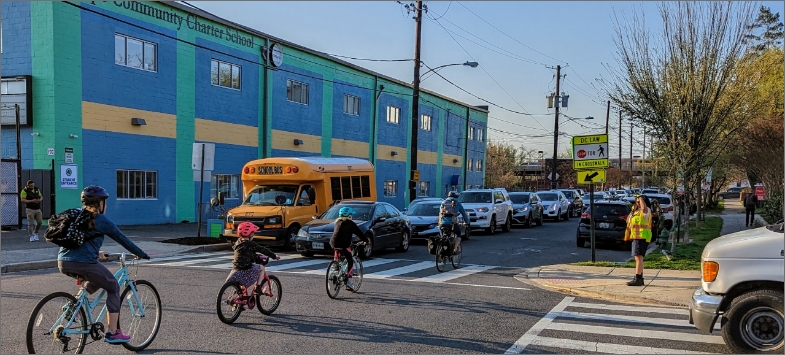

Schools
School facilities have a measurable impact on student achievement. There is a direct impact of the school’s condition, design and utilization on student and staff attendance, teacher retention and curriculum offerings. Unfortunately, Hawaii’s public schools are aging and many face chronic capacity constraints. As of 2017, the average age of the schools that overseen by the Hawaii Department of Education (HIDOE) was 62 years old, while 53 buildings were over 100 years old. When a facility is beyond its useful life, higher maintenance and repair costs are anticipated. For its FY19 capital improvements budget, the HIDOE requested a total of $1.46 billion, with $879.2 million intended to address condition or capacity deficiencies. Only $602.3 million was appropriated. While the HIDOE is undertaking innovative projects to increase sustainability and reduce costs, the legislature needs to consider an increase in funds to invest in the future generation of the State of Hawaii.
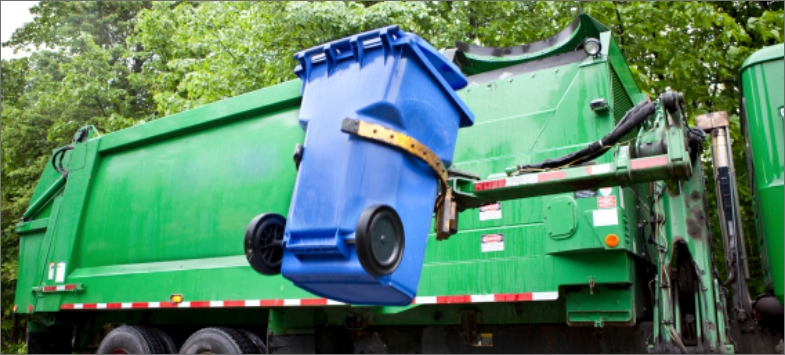

Solid Waste
Hawaii’s solid waste infrastructure is generally in good condition, including the operation and maintenance of collection, transfer, and disposal of wastes. However, in the near future, landfill capacity increases will be needed. Landfill capacity is expected to be reached by 2038 on Oahu and beyond 2040 on the Big Island. This assessment does not account for the ability of these facilities to handle a significant threat or incident, such as a hurricane or tsunami, when large amounts of solid waste are suddenly generated. Converting solid waste to energy and recycling have been key strategies for reducing and diverting waste from landfills, to extend their life. Attention is also needed to develop innovative solutions to minimize shipping of recycled waste from Hawaii.
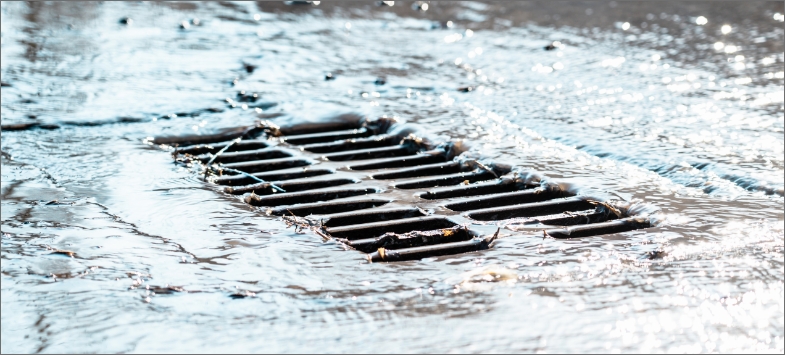

Stormwater
In recent years, Hawaii has experienced an increase in extreme flooding caused by high tides, storm surges, hurricane rainfall, tsunamis, and sea level rise. As the frequency and intensity of rainfall events increase, it is important that Hawaii’s stormwater infrastructure is regularly maintained and can accommodate rainfall during storm events to prevent flooding of highways, businesses and residences. The majority of stormwater systems in Hawaii are owned and maintained by state and county agencies, with some agencies lacking adequate capacity. Since Hawaii’s stormwater systems drain directly into the ocean, affecting marine life, regulating agencies are emphasizing the need to reduce the amount of trash, debris and pollutants entering stormwater systems. Based on the Environmental Protection Agency’s 2018 assessment, 88 of the 108 marine water bodies did not meet water quality standards. Dedicating funding from utility charges can provide additional sources of funding for drainage system upgrades; however, there are currently no user fees or charge rates in place.
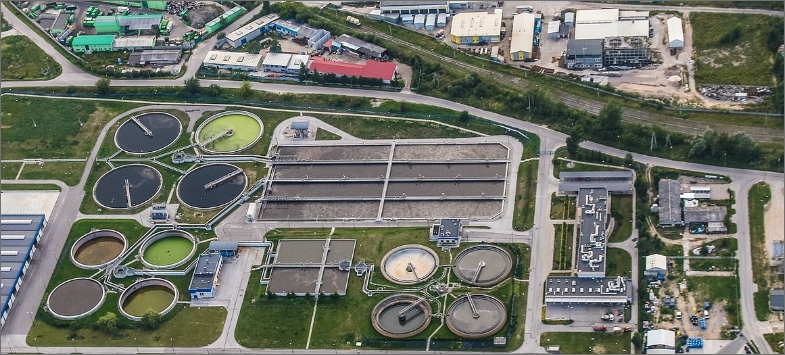

Wastewater
Effective wastewater management is essential to safeguard public health, valuable coral reefs and aquatic ecosystems, and the tourism-based economy in Hawaii. Despite significant progress in mitigating health and environmental impacts following the 1972 Clean Water Act, Hawaii’s wastewater infrastructure remains in need of attention and substantial funding. While some owners and operators of wastewater infrastructure, including the City and County of Honolulu, have done a commendable job of upgrading assets, adding capacity, and preparing for the future, capital improvements for wastewater systems statewide remain in the billions. This does not include adequate funding, however, for several vital wastewater infrastructure programs that could potentially require an additional several billion dollars. More funding will be needed to increase resilience to climate change impacts associated with sea level rise and increased severity of storm events. New and expanded wastewater infrastructure are also anticipated to be required to eliminate many of the estimated 88,000 cesspools statewide that have significant public health and water quality impacts.
State Fact Sheet
Download Fact Sheet
Aviation
$42.4 million in 2024 airport improvement grants across 8 major airports

Drinking Water
$2.3 billion total drinking water need

Transit
43 million passenger trips across 5 systems in 2023

Bridges
1,195 bridges, 6.5% of which were structurally deficient in 2024

Hazardous Waste
4 Superfund sites

Wastewater
$3.2 billion total wastewater need

Dams
119 high hazard dams

Levees
16 miles of levees protect 30,400 residents.

Roads
66% of roads are in poor or fair condition

Connect with Your Legislators
Let everyone know how important it is that we continue to invest in the future of America’s infrastructure.
Take Action Today
